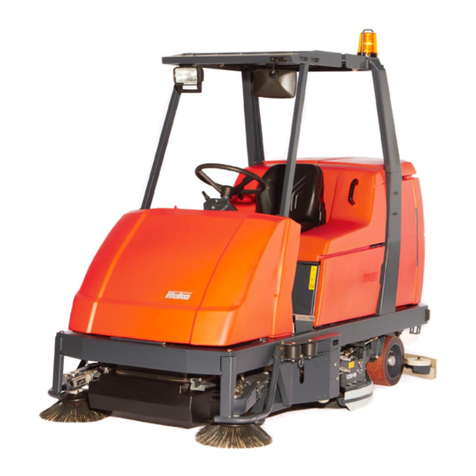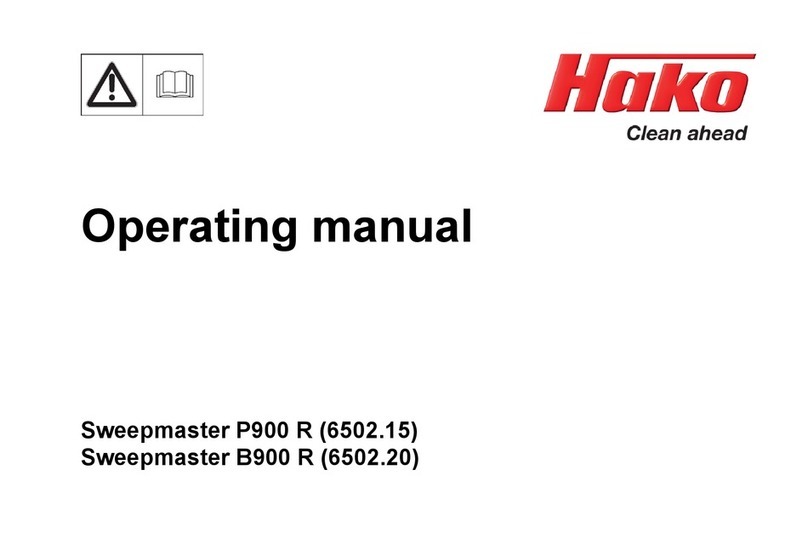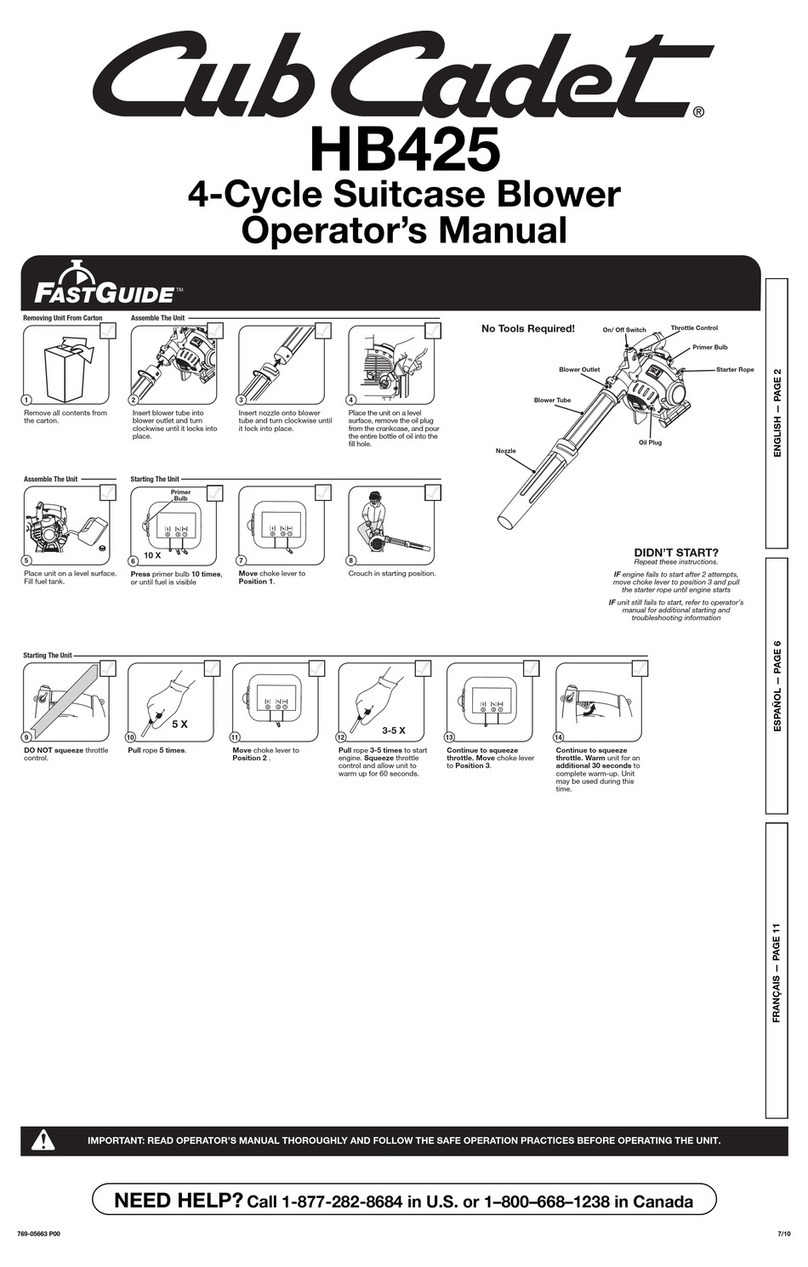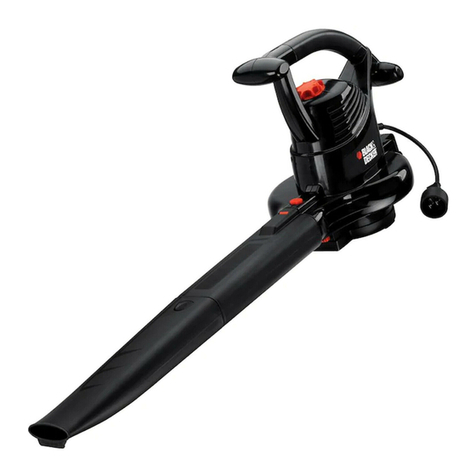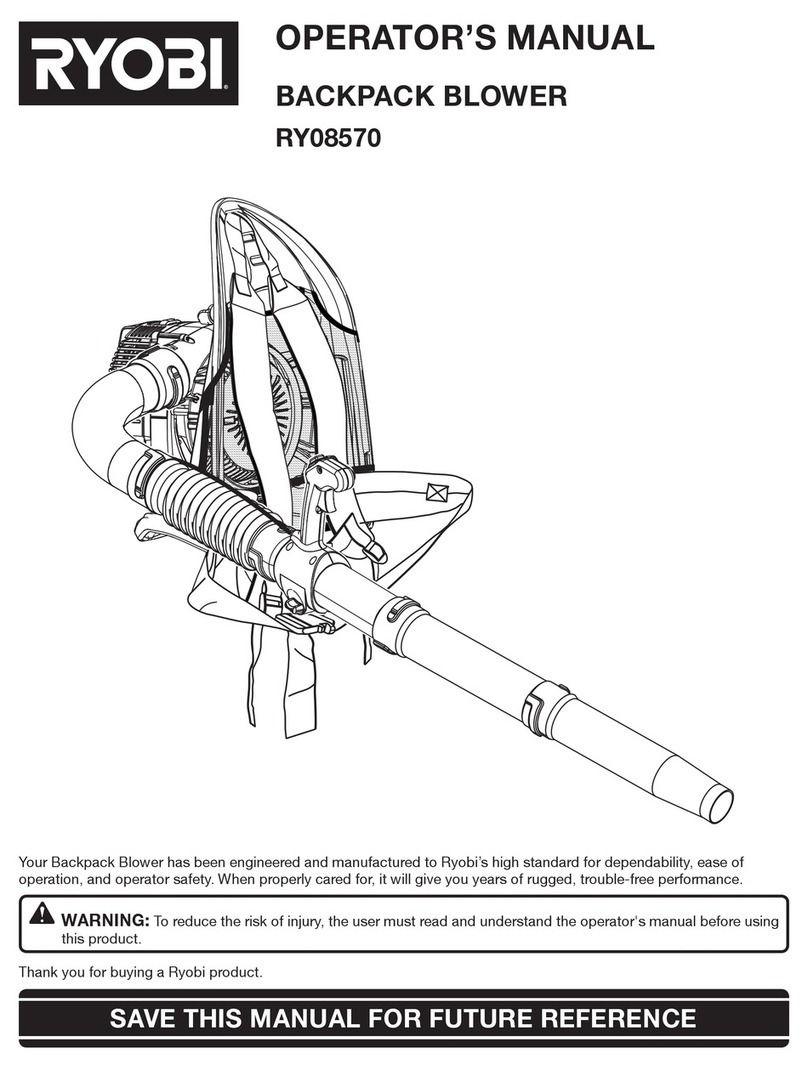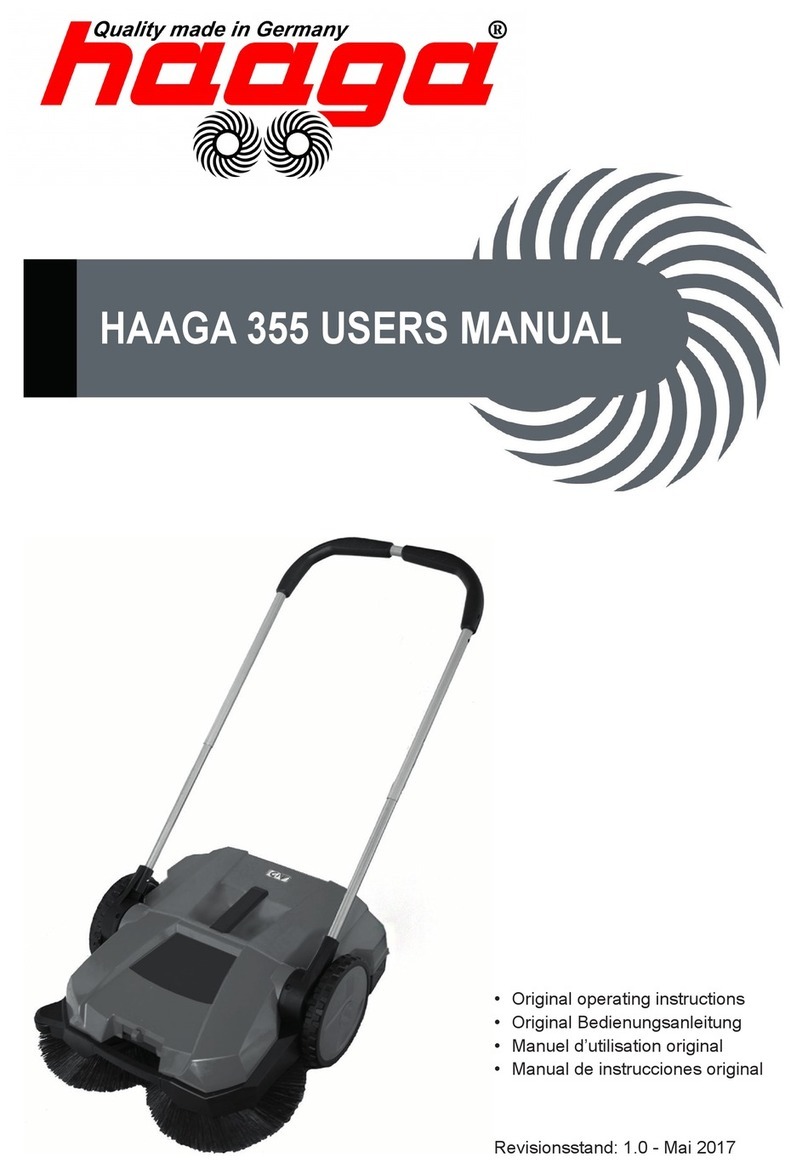8
Safety Information
1.2 General information
• In addition to the information
providedinthisoperatingmanual,all
the legally applicable health and
safety provisions must be observed.
• Before starting up the machine for
the first time, read the operating
manualsuppliedwithitthoroughlyas
well as any separate manuals
provided with additional or
attachment devices and observe all
the information during work.
• The equipment may only be
operated, serviced and repaired by
personnel trained by Hako technical
experts.
• Particular attention should be paid to
the information regarding safety.
Technical expertise is the key to
preventingerrorswhenoperatingthe
machine and ensuring trouble-free
operation.
• The operating manual must always
be kept at the operating location of
the machine and, as a result, should
kept in a safe place on the
equipment.
• Iftheequipmentissold orrentedout,
these documents should be
transferred to the new owner/
operator. The transfer should be
confirmed!
• The warning labels attached to the
machine provide important
information concerning safe
operation.
Illegible or missing labels must be
replaced by new ones.
• For reasons of safety, always use
original spare parts.
1.3 Operating information
• The machine is not suitable for
clearing up fluids, dust or
substanceswhichrepresent ahealth
hazard, are inflammable or
explosive. No burning items may be
cleared up, e.g. glowing cigarettes.
In addition, it is forbidden to clean up
wood dust, e.g. beech and oak dust
- health hazard!
• When the machine is in
vacuumsweeping mode, it must not
be driven through puddles of water.
• Before starting the machine up for
the first time, the battery to be used
must be fully charged, properly, by
implementing the initial battery
charge routine (only Hako
Hamster 800 E). Hako assumes no
liability for damage to the battery
caused by a fault when the battery is
charged for the first time.
• The machine together with the
workingequipmentmust bechecked
in terms of proper condition and
operational safety each time prior to
use. Clear any faults immediately!
Themachinemust notbeusedwhen
not in a sound condition.
• Only start the machine when the
